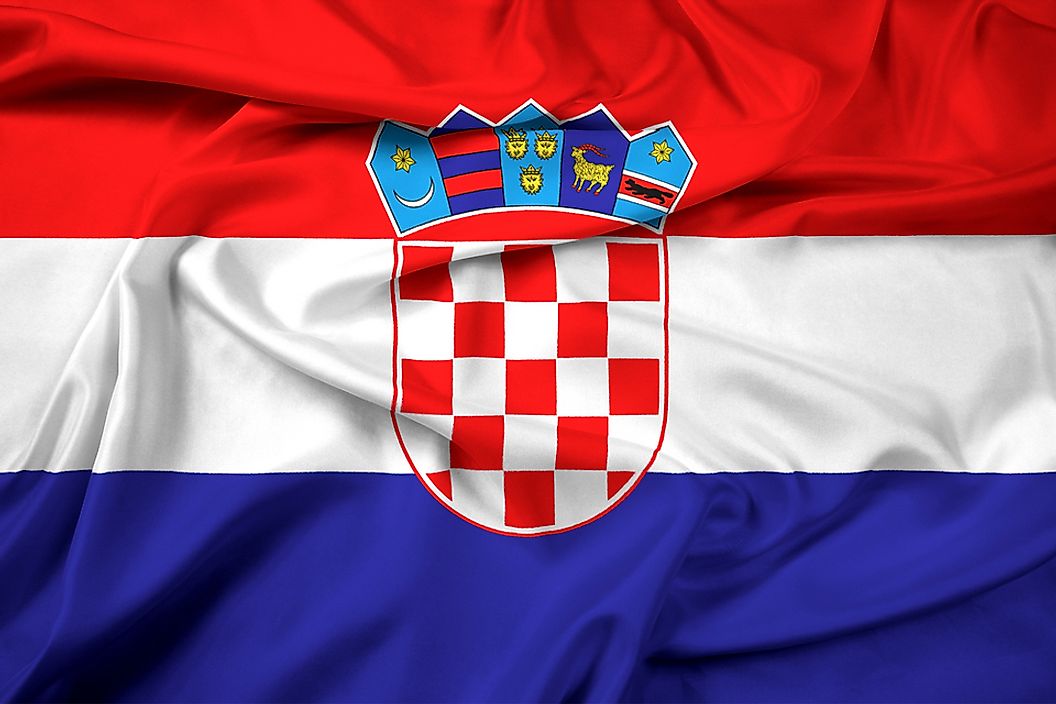What Languages are Spoken in Croatia?

Croatia is a Central European nation with a population of slightly over four million people. The Republic of Croatia is among the countries with the slowest population growth rates. Its population sharply declined during its fight for independence between 1991 and 1995, when Croats were killed or evicted by Serbian forces. Over the years, Croatia has welcomed immigrants as a way to boost its population. Immigrants are minority ethnic groups who make up 10 percent of the population in Croatia. Some of the minority communities are Slovaks, Serbs, Bosnians, Hungarians, Czechs, and Italians. The Constitution of Croatia recognizes most of these minority groups and protects their rights. Croatian is the national and official language in the country. Nonetheless, the constitution allows the use of minority languages in an official capacity in the municipalities. Some of the minority languages used in Croatia include Serbian, Czech, Italian, Hungarian, Slovak, and Romani.
Croatian: the Official Language of Croatia
As expected, Croatian is the most popular language in the country, and 95% of the population are Croatian native speakers. Before Croatia adopted Croatian as its official language in the 19th century, Latin was the official language. A form of Serbo-Croatian language, which is a blend of Serbian and Croatian, was used in Croatia between 1945 and 1991. Croatian consists of three dialects, namely Shtokavian, Kajkavian, and Chakavian.The language uses the Latin alphabet.
Minority Languages of Croatia
Serbian
Serbian is a minority language in Croatia, and is mainly used by Serbs in Croatia. The Serbian language is closely related to Croatian. The language is taught in a few schools, especially in the counties of Osijek-Baranja and Vukovar-Srijem. Croatians firmly rejected the use of Serbian as the official language through violent protests in 2013. However, Croatian laws granted Serbs the right to use their native language for official purposes in areas where they formed a third of the population. Unlike Croatian, which uses the Latin alphabet, Serbian uses the Serbian Cyrillic alphabet.
Italian
Italian is recognized as a minority language in the Croatian Constitution. Italian native speakers make up only 0.43% of all Croatian citizens. The largest group of native Italian speakers is found in Istria County, where they make up 6 percent of the population. In Istria, Italian is used alongside Croatian as the official languages. Some schools in the county teach Italian, and there is an Italian daily newspaper known as La Voce del Popolo.
Czech
Croatia hosts slightly more than 6,000 Czechs who are largely found in Bjelovar-Bilogora County. Czechs use their native language in official matters, as well as the Croatian language. The Czech Ambassador to Croatia was among the top campaigners for the protection of minority languages.
Significance of Minority Languages in Croatia
The Republic of Croatia recognizes the importance of using different languages in an official capacity, as well as in schools and the media. Minority languages bring diversity to Croatia and open the country to numerous opportunities. Additionally, protection of minority languages in Croatia's constitution has led to unity and harmony in Croatia. Most immigrants appreciate that their native languages are recognized as official languages in Croatia.











